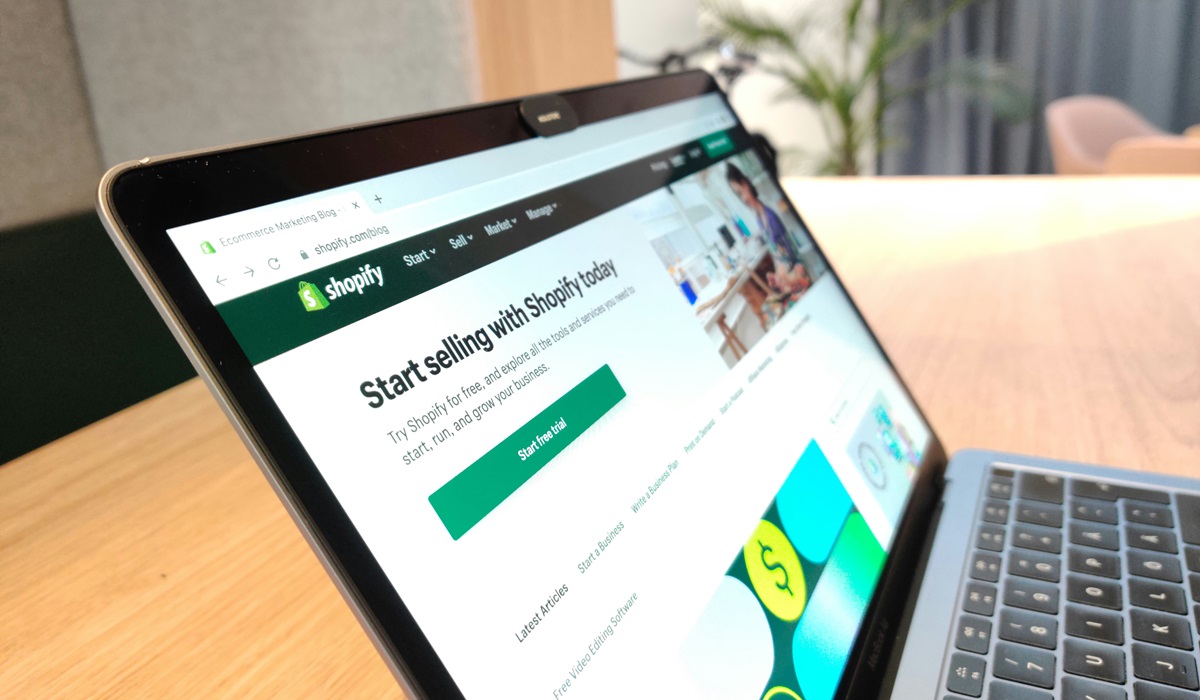Strategy reigns supreme in the world of investment. Your investing strategy, whether it favors a passive or aggressive position, is crucial in determining how successful you will be financially. You might find yourself poised on the verge of a change as you delve further into this complex universe. This essay seeks to clarify the process of making the transition from passive investing—where one may typically set and forget their investment plans—to proactive investing—where one actively manages and diversifies their portfolio. It’s important to not only comprehend market dynamics but also learn how to surf the waves to increase your profits and take charge of your money. Let’s start this transformational journey so you can take command of your investment plan.
Understand your financial goals and risk tolerance
Your financial objectives serve as both the starting point for becoming a more proactive investor and the compass that directs your investing choices. Are you saving for retirement, purchasing a home, paying for your children’s education, or investing for long-term wealth accumulation? Maybe you’re curious about everything said above. Your investing decisions and level of risk tolerance will be influenced by your understanding of the financial goals you have.
Contrarily, risk tolerance refers to the amount of risk an investor is willing to take on in order to maximize returns. Although it mostly stems from psychological factors, your financial circumstances and time frame may also play a role. A person with a high tolerance for risk could be prepared to lose a sizeable amount of their investment in exchange for the possibility of making sizable rewards. A person with a limited tolerance for risk, on the other hand, would probably favor investments with lower predicted returns but the lesser risk of financial loss. Being a proactive investor entails modifying your investment plan when your financial objectives and risk tolerance change. Reevaluate these two factors on a regular basis, especially after significant life events like marriage, the birth of a child, or retirement.
Continual education and market research
An in-depth knowledge of financial markets and investment products is necessary for proactive investing. To stay current on market circumstances, economic trends, and the newest investment tools, you’ll need to educate yourself frequently. This includes comprehending both general-purpose stock investment elements, such as earnings reports and market trends, as well as company-specific aspects, such as macroeconomic indicators like inflation, employment rates, and interest rates.
Keep in mind that investing is not a one-size-fits-all activity. Stocks, bonds, real estate, mutual funds, and commodities all have different dynamics depending on the form of investment. You can make smarter investing choices and stay away from frequent mistakes by comprehending these complexities. To broaden your knowledge and perspectives, read financial publications, listen to podcasts, watch webinars, and participate in online forums.
Think about retirement planning
Taking charge of your own super fund, also known as a Self-Managed Super Fund (SMSF), is a great example of proactive investing. By providing more investment options and possibly lowering costs compared to retail or industry super funds, an SMSF gives you more control over your retirement resources. Creating a new trust deed is an essential step in the SMSF setup process. This is a legal document that lays out the guidelines for your fund and specifies how it will run and be controlled. It describes the fund’s structure and beneficiaries and is structured to satisfy particular investing objectives. Implementing an SMSF also gives you the freedom to invest in assets like shares, real estate, and collectibles that match your unique investing preferences and risk tolerance. However, not everyone should manage an SMSF. It calls for patience, financial acumen, and a thorough knowledge of the rules and laws. It’s a proactive investment move that necessitates ongoing oversight and administration.
Embrace technological tools
Information is easily accessible, and transactions take place instantly in the digital age. Utilize the technology at your disposal to improve your investment approach. Numerous web-based tools and mobile applications let you keep an eye on your portfolio, follow market movements, and place transactions with just a few clicks. For instance, robo-advisors can offer you automated, algorithm-driven financial planning services with little to no human involvement. On the basis of your financial objectives and risk tolerance, they can assist you in managing your portfolio. You can stay informed about current market news using financial news apps, and you can develop your financial literacy with online investment courses. These modern tools can make you a more knowledgeable and certain investor, but keep in mind that they are only tools. They should supplement your proactive investment approach, not take its place.
Regularly review and adjust your portfolio
Last but not least, taking a proactive stance entails routinely evaluating and modifying your portfolio to make sure it is in line with your changing financial goals and market circumstances. A proactive investor continuously assesses their investments, as opposed to a passive investor, who may invest in a wide market index and hold it for years or decades. Changing the mix of assets in your portfolio, such as the ratios of stocks, bonds, and cash, may be necessary to achieve this. For instance, you could wish to keep more stocks to earn larger profits during economic expansion. In contrast, you might prefer to convert to safer investments like bonds or cash during a recession. Rebalancing, or returning your portfolio to its target asset allocation as specified in your investment strategy, is another aspect of routinely monitoring and changing your portfolio. Regardless of how well individual assets do, rebalancing can help you maintain your chosen level of risk.
The decision between passive and proactive tactics in the context of investing is less about right and wrong and more about choosing a course that aligns with your own financial goals, risk tolerance, and life circumstances. You may confidently navigate your way toward a proactive investment approach and take control of your financial destiny if you have the necessary information, tenacity, and tools. Every proactive action you take now is an investment in a tomorrow that is more prosperous and meaningful. After all, the goal isn’t only to increase your wealth but to guide it in the direction that best suits your aspirations for your life.









